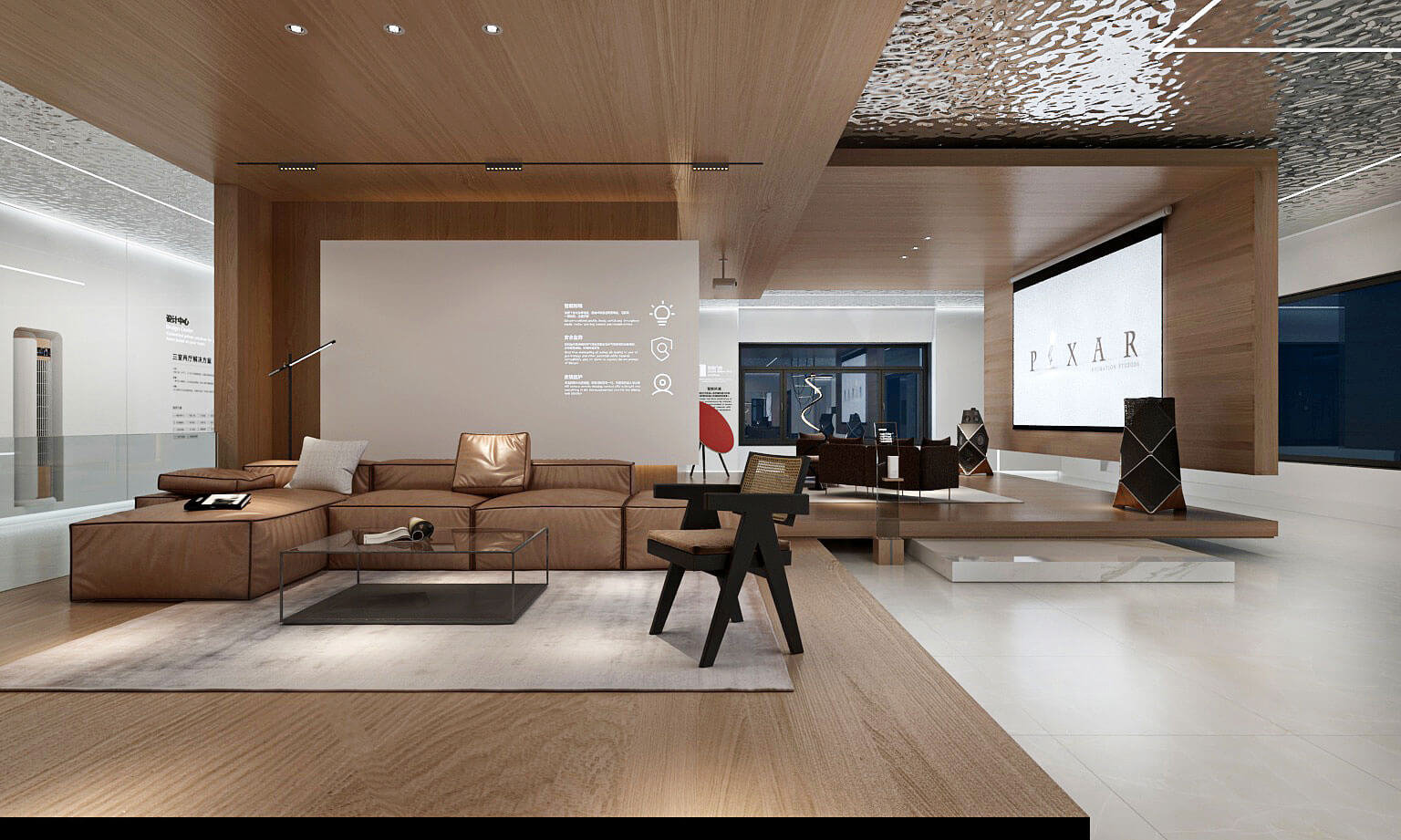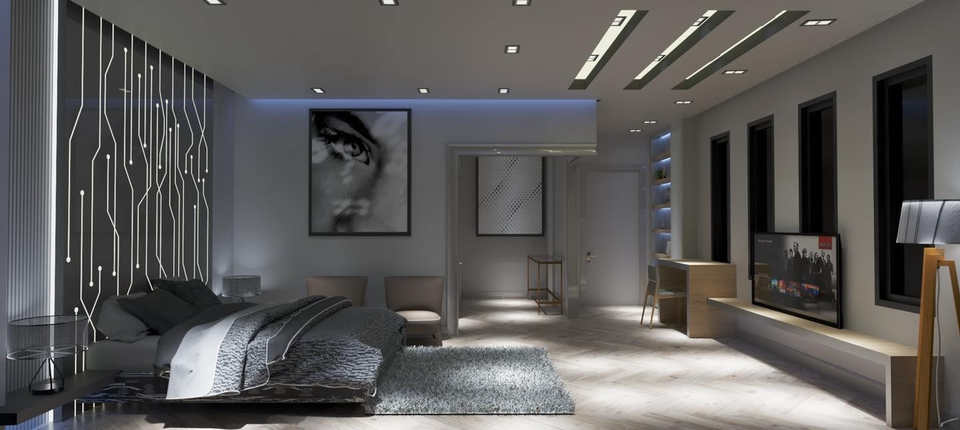Smart Home Technology That Actually Makes Life Easier

Smart home technology has evolved from futuristic novelty to practical necessity, offering real solutions that enhance comfort, security, and efficiency. The key is choosing devices that solve actual problems rather than adding complexity to your daily routine.
The smart home market has exploded in recent years, with countless devices promising to revolutionize how we live. However, not all smart home technology delivers on its promises. The most valuable smart home devices are those that seamlessly integrate into your lifestyle, providing tangible benefits without requiring constant attention or maintenance.
Essential Smart Home Categories
Before diving into specific products, it's important to understand the main categories of smart home technology and how they can improve different aspects of your daily life. The most impactful smart home investments typically fall into security, climate control, lighting, entertainment, and convenience categories.
Each category serves different needs and offers varying levels of complexity and integration. Starting with one category and gradually expanding allows you to learn what works best for your household while avoiding the overwhelming complexity that can come with full-scale automation.
Smart Security: Peace of Mind That Works
Video Doorbells
Video doorbells represent one of the most practical smart home investments, providing security and convenience benefits that are immediately apparent. Modern video doorbells offer high-definition video, two-way audio, and smartphone notifications that allow you to see and speak with visitors even when you're not home.
The Ring Video Doorbell Pro 2 and Nest Doorbell (Wired) are standout options that offer reliable performance, clear video quality, and seamless integration with smartphone apps. These devices can identify packages, detect motion, and provide recorded footage that can be invaluable for security purposes.
Smart Security Cameras
Interior and exterior security cameras provide comprehensive monitoring capabilities that can deter crime and provide evidence if incidents occur. The best smart security cameras offer features like person detection, activity zones, and cloud storage for recorded footage.
Arlo Pro 4 cameras excel in outdoor applications with weather resistance and wireless operation, while indoor options like the Nest Cam Indoor provide discreet monitoring with excellent night vision capabilities. Look for cameras that offer local storage options to avoid monthly subscription fees.

Climate Control: Comfort and Efficiency
Smart Thermostats
Smart thermostats offer the perfect combination of comfort and energy savings, learning your schedule and preferences to optimize heating and cooling automatically. These devices can reduce energy bills by 10-15% while ensuring your home is always at the perfect temperature when you arrive.
The Nest Learning Thermostat and Ecobee SmartThermostat represent the gold standard in smart climate control. Both devices learn your habits, can be controlled remotely, and provide detailed energy usage reports. The Ecobee's room sensors help ensure even temperature distribution throughout your home.
Smart Air Quality Monitors
Indoor air quality significantly impacts health and comfort, but it's often invisible until problems become severe. Smart air quality monitors track pollutants, allergens, and humidity levels, alerting you when intervention is needed.
Devices like the Airthings Wave Plus monitor radon, carbon dioxide, humidity, and volatile organic compounds, providing insights that help you maintain healthier indoor air. Integration with smart air purifiers and HVAC systems can automate air quality improvements.
Intelligent Lighting: More Than Just Brightness
Smart Light Bulbs and Switches
Smart lighting goes far beyond simple on/off control, offering color temperature adjustment, dimming, scheduling, and scene creation that can improve mood, productivity, and energy efficiency. The ability to adjust lighting based on time of day or activity can significantly impact sleep quality and daily rhythms.
Philips Hue remains the market leader with excellent color accuracy and extensive ecosystem integration, while more affordable options like Wyze bulbs provide basic smart functionality at a fraction of the cost. Smart switches like those from Lutron offer whole-room control without replacing individual bulbs.
Motion Sensors and Automation
Motion sensors eliminate the need to fumble for light switches in dark hallways or remember to turn off lights when leaving rooms. Modern smart motion sensors can distinguish between pets and people, reducing false triggers while ensuring lights activate when needed.
Integration with smart lighting systems creates seamless automation that adjusts brightness based on time of day – bright white light during the day transitioning to warm, dim lighting in the evening to support natural circadian rhythms.

Voice Assistants: The Command Center
Amazon Alexa vs. Google Assistant
Voice assistants serve as the central hub for smart home control, allowing natural language commands to control devices, answer questions, and manage daily tasks. The choice between Amazon Alexa and Google Assistant often depends on existing ecosystem preferences and specific feature priorities.
Amazon Echo devices excel in smart home integration and have the largest selection of compatible devices and skills. Google Nest devices provide superior search capabilities and more natural conversation abilities. Apple's HomePod offers excellent audio quality and seamless iPhone integration.
Smart Displays
Smart displays combine voice control with visual feedback, making them particularly useful for kitchen timers, video calls, weather displays, and security camera monitoring. The Amazon Echo Show 8 and Google Nest Hub Max offer the best balance of features and screen size for most households.
Kitchen and Appliance Innovation
Smart Kitchen Appliances
Smart kitchen appliances can streamline cooking processes and improve food safety through precise monitoring and control. Smart ovens can suggest cooking times and temperatures, while smart refrigerators can track expiration dates and suggest recipes based on available ingredients.
The Instant Pot Smart WiFi provides remote monitoring and control for pressure cooking, while smart coffee makers like those from Hamilton Beach can have fresh coffee ready exactly when you wake up. These devices add convenience without requiring complex installation or configuration.
Smart Water Management
Water leak detection and smart irrigation systems can prevent costly damage and reduce water waste. Smart water sensors placed near appliances, in basements, or under sinks can detect leaks early, potentially saving thousands of dollars in water damage repairs.
Smart irrigation controllers adjust watering schedules based on weather forecasts and soil moisture levels, ensuring lawns and gardens receive optimal water while reducing waste during rainy periods.
Entertainment and Media Integration
Streaming and Media Centers
Smart TVs and streaming devices have transformed home entertainment, providing access to countless services and content options. However, the smart features built into most TVs are often slow and limited compared to dedicated streaming devices.
Apple TV 4K, NVIDIA Shield TV, and Amazon Fire TV Stick 4K Max offer superior performance and more regular updates than most smart TV platforms. These devices integrate well with smart home ecosystems and provide voice control for content discovery and playback.
Multi-Room Audio
Smart speakers can create synchronized multi-room audio systems that allow music to follow you throughout your home. Sonos speakers offer the best audio quality and easiest setup, while Amazon Echo devices provide good sound quality with extensive smart home integration at lower cost.

Getting Started: A Practical Approach
Start Small and Expand Gradually
The most successful smart home implementations start with one or two devices that address specific needs or problems. This approach allows you to learn how smart home technology integrates into your lifestyle without overwhelming complexity or excessive initial investment.
Consider starting with a smart thermostat for energy savings, a video doorbell for security, or smart bulbs in frequently used rooms. As you become comfortable with these devices, you can expand to additional categories and more sophisticated automation.
Choose Your Ecosystem
While many smart home devices work across ecosystems, choosing a primary platform (Amazon Alexa, Google Assistant, or Apple HomeKit) simplifies setup and ensures better integration between devices. Consider your existing technology preferences and the specific features most important to your household.
Network Infrastructure Matters
Smart home devices depend on reliable WiFi connectivity, so ensure your network can handle multiple connected devices. A mesh router system like Eero or Google Nest WiFi can provide consistent coverage throughout your home, eliminating dead zones that could affect smart home performance.
Budget-Friendly Smart Home Solutions
Smart home technology doesn't require massive investment to provide meaningful benefits. Budget-friendly options like Wyze cameras, TP-Link smart plugs, and Amazon Echo Dot devices offer smart home functionality at affordable prices.
Smart plugs represent the most cost-effective way to add smart functionality to existing devices, allowing remote control and scheduling for lamps, fans, coffee makers, and other appliances. At under $10 each, smart plugs can transform ordinary devices into smart home components.
Privacy and Security Considerations
Smart home devices collect data about your daily routines and habits, making privacy and security important considerations. Choose devices from reputable manufacturers that provide regular security updates and clear privacy policies.
Enable two-factor authentication on smart home accounts, use strong, unique passwords, and regularly review device permissions and connected services. Consider creating a separate network for smart home devices to isolate them from computers and personal devices.
Maintenance and Long-term Value
The best smart home devices require minimal maintenance while providing long-term value through continued software updates and new features. Avoid devices that require frequent battery changes or complicated reconfiguration.
Research the manufacturer's track record for software updates and customer support. Devices from companies with strong development teams and regular update schedules will remain functional and secure longer than those from companies that abandon products after release.
Smart home technology works best when it fades into the background, automatically handling routine tasks and providing information when needed without requiring constant attention. Focus on devices that solve real problems in your daily life, and you'll find that smart home technology truly can make life easier, more comfortable, and more efficient.

